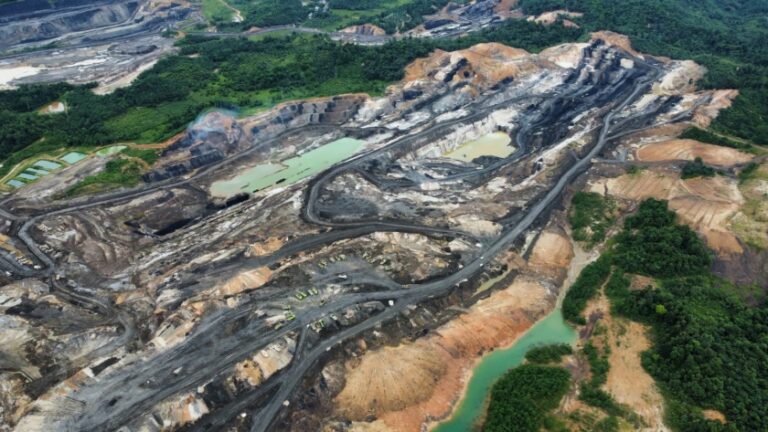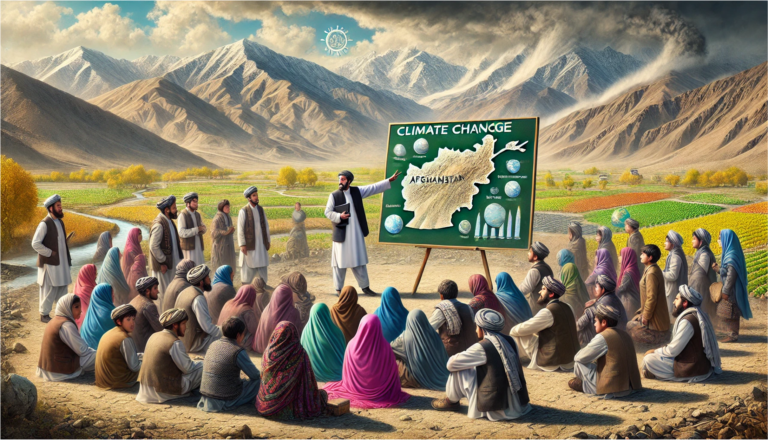During President Joko Widodo’s leadership era, the government is committed to allocating 12.7 million state forest areas to communities through the Social Forestry (SF) program. Social Forestry is made a national priority program in the context of national economic equality by providing land access, opportunities, and Community Resources (HR) capacity. In this case, SF provides the community access to forest land management for 35 years, which can be extended after evaluation. The achievement of SF until 2021 is 4,901,778.64 hectares, consisting of 7,477 decree units and involving approximately 1,049,215 households (PSKL 2021). Based on the 1,049,215 social forestry license/approval recipients, women are a group that is vulnerable to discrimination in social forestry management. Criticism has emerged in the form of statements that women are often not involved in managing PS permit applications and are not involved in every decision-making process. This causes the programs and activities formulated to often not reflect the needs and problems of women. Therefore, this memo is important because it examines the implementation of gender equality in DG PSKL’s laws, regulations, policies, and social forestry licensing/approval.
Data from the Central Bureau of Statistics shows that the Labor Force Participation Rate Labor Force Participation Rate (TPAK) of women is still far below that of men. Men,
where the male TPAK is 83.2%, and women are only 54.3% (BPS, 2022). only 54.3% (BPS, 2022). As an effort to increase women’s TPAK, the government has issued a forest area management policy by the community through Social Forestry (SF). Five sectors are targeted for reduction in ENDC: energy, forest and other land use (FoLU), waste, agriculture, and industry (industrial process and production use/IPPU). In Figure 1, the energy sector is projected to have the most significant emissions of 1,699 Mton CO2e in 2030 under normal conditions, followed by the forestry, waste, agriculture, and industry sectors. This program is the main focus of the Ministry of Environment and Forestry to improve the welfare of people living around forests, protect ecology, and, at the same time, encourage the spread of development not only in urban areas but also in communities living around forests.
In the 2020-2024 National Medium-Term Development Plan (RPJMN), the government has set SF as part of the poverty alleviation strategy. From the target of 12.7 million ha, the realization of SF achievements as of August 2022 has reached 5.03 million ha through 7,650 decree units, and the number of beneficiaries is around 1.11 million households. The achievements of SF per scheme are Village Forest covering 1.99 million ha, Community Forest covering 0.9 million ha, Community Plantation Forest covering 0.35 million ha, Forestry Partnership covering 0.58 million ha, and indicative Indigenous Forest covering 1.09 million ha. In addition to encouraging the achievement of access to social forest management, the government also encourages the development of KUPS. Based on the KLHK Strategic Plan 2020-2024, the target of increasing the number of Social Forestry Business Groups (KUPS) until 2024 is 11,077 groups, from a baseline of 6,940 KUPS. Baseline of 6,940 KUPS (2019).
However, although the area of forest that the community has managed through the SF scheme has increased in terms of beneficiaries, especially the involvement of women in PPPs, it is still very limited. Women’s involvement in PPP is still very limited. Women’s participation in SF is only 13.8%, while men’s is 86.82% (2022). The results of the PATTIRO study (2021) show that four gender issues arise in SF, including gender mainstreaming that has not been emphasized in the recruitment process of prospective SF facilitators, the absence of disaggregated data in the monitoring and evaluation process, gender issues have not been used as a reference in the process of mapping the SF area and the administrative mechanism of the SF permit application process is still very limited. The administrative mechanism for applying for an SF license is still very gender-biased.
Regarding regulations, the Minister of Environment and Forestry Regulation (Permen LHK) No. 9 of 2021 concerning Social Forestry Management explicitly regulates gender equality in social forestry management. Several articles related to gender issues, including Article 90 regarding holders of Village forest, Community forest, and Community Plantation forest management agreements, are entitled to fair treatment based on gender or other forms; Article 107, paragraph 3 states that the PS management plan is prepared by taking into account local wisdom, forest potential, market opportunities and aspects of gender mainstreaming and considering long-term forest management plans; Article 107 paragraph 3 states that the PS management plan is prepared by taking into account local wisdom, forest potential, market opportunities, and aspects of gender mainstreaming. Consider long-
term forest management plans; Article 189, paragraph 4 mentions that gender equality is a social aspect in evaluating social forestry management activities.
As part of implementing the KLHK regulation, the Directorate General of Social Forestry and Environmental Partnership through the Directorate of Environmental Partnership together with the Ministry of Environment and Forestry’s Human Resource Development Agency (BP2SDM). Human Resources Extension and Development (BP2SDM) KLHK has compiled nine modules for them as materials for SF facilitators. In addition, the Directorate of Environmental Partnership and BP2SDM also launched the Learning Management System (LMS) as an online teaching material for PS assistants and prospective online teaching materials for PS facilitators and facilitators. This LMS contains various competency training for prospective assistants, rules, guidelines, policy role models, and various modules that can be downloaded. And various modules that PS mentors and prospective PS mentors can download. PS mentors. This LMS contains various information on gender-responsive social forestry as evaluation material and capacity building for SF facilitators and prospective SF facilitators. And prospective SF facilitators.







+ There are no comments
Add yours